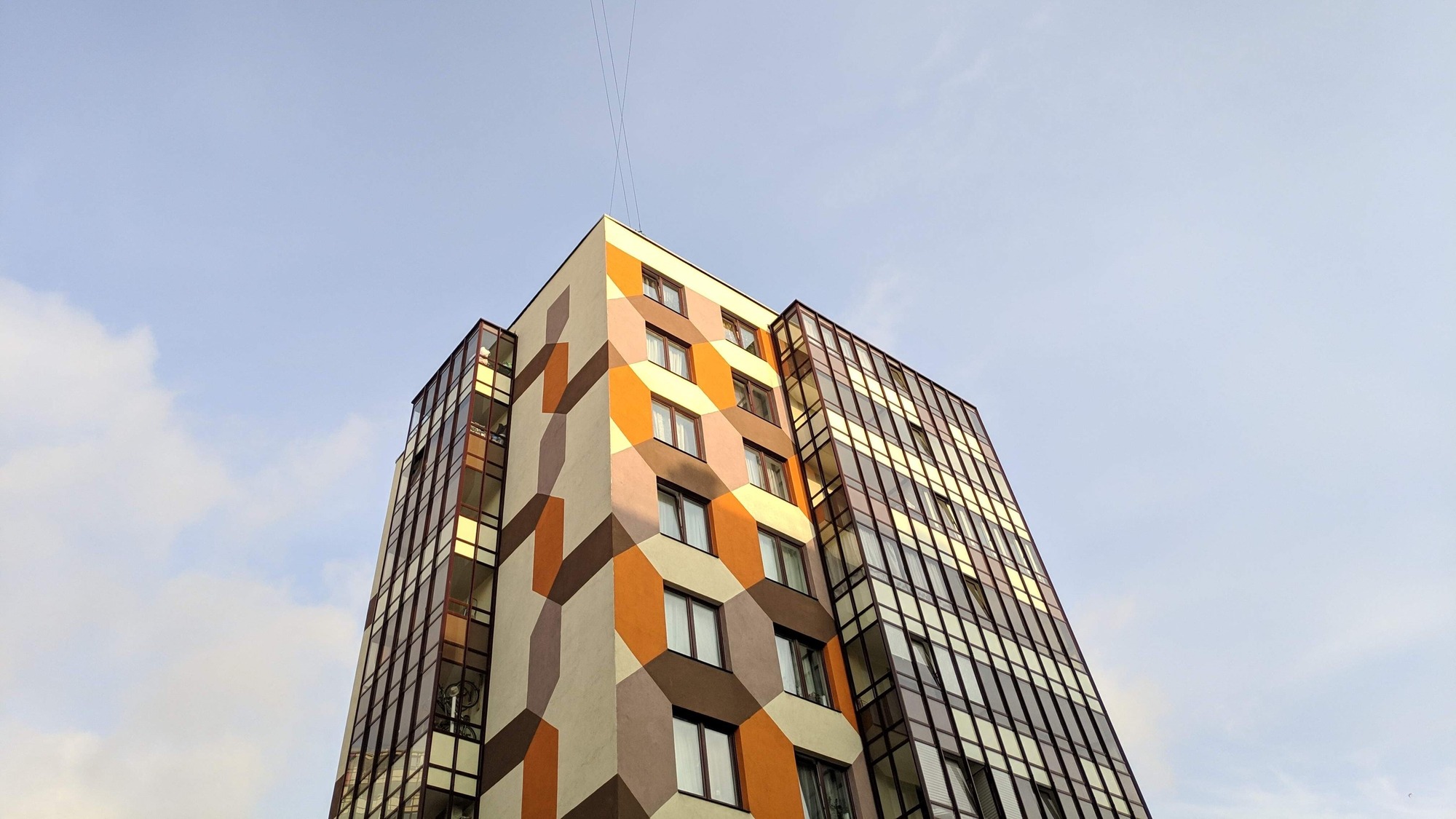What is a trigger rate, do I have a trigger rate, and how do I calculate my trigger rate?
With interest rates rising in Canada throughout 2022, “mortgage trigger rate” is a term you’ve likely heard mentioned if you spend any time in the real estate space online. For example when the Bank of Canada reported half of variable rate mortgage holders had hit their trigger rate.
If you don’t know what a mortgage trigger rate is, or if you do but want to brush up on the details, let’s go over the ins and outs of trigger rates.
If you have a variable rate mortgage and don’t know what a trigger rate is, you’ll definitely want to read this because it affects your mortgage in a big way.
What is a mortgage trigger rate?
In the simplest terms possible, your mortgage trigger rate is the point at which your monthly mortgage payments no longer cover the monthly interest owing on your mortgage. This occurs in a time of rising interest rates to holders of variable rate mortgages whose payments don’t adjust each month. With a variable rate mortgage, the interest portion of your mortgage adjusts according to your mortgage lender’s rate which changes according to the Bank of Canada’s rate increases. As a simple example, if you have a $500,000 mortgage at a 5% interest rate you’ll be paying $25,000 or roughly $2083 per month in interest. If interest rates rise by 1% your monthly interest would now be $2500.
With most mortgages nowadays, your monthly payment remains fixed in the short term unless you call your bank to increase it. Instead, what happens when interest rates rise is more of that month’s payment goes towards interest instead of principal and the length of your amortization increases taking a 30 year amortization all the way out to 50 years or more.
However, there comes a point when interest rates rise enough that your initial monthly payment can no longer cover the interest portion of your mortgage no matter how far out the amortization is extended. This is your mortgage trigger rate.
If you have an adjustable rate mortgage, your monthly mortgage payments fluctuate with interest rates and so you will never hit a trigger point as your mortgage payments increase automatically with rising rates. If you’re not sure whether you have an adjustable rate mortgage you can refer to your mortgage documents to find out which type of mortgage you have, or contact your mortgage advisor to confirm.
Does everyone have the same mortgage trigger rate?
Not everyone has the same mortgage trigger rate, and the reason for this is because not everyone got their mortgage at the same time with the same rate.
First of all, those buyers who opted to go with a fixed rate mortgage don’t have a trigger rate because their interest is locked in at a specified rate for the term of their mortgage. For variable rate mortgage holders, your trigger rate will depend on the amortization period of your mortgage, the initial interest rate of your mortgage, and your down payment, which all contribute to your monthly mortgage payment amount. Most mortgage trigger rates are hit when interest rates rise by a certain amount since first getting your mortgage. We’ll go over how to calculate your mortgage trigger rate in a moment.
What happens when I hit my mortgage trigger rate?
When you hit your mortgage trigger rate, your mortgage lender will usually give you two options. The first option is to pay off any extra interest owing on your account in installments. This isn’t recommended as you might forget this and the second option makes a lot more sense from a financial planning perspective. The second option which is more common is to simply increase your monthly mortgage payments to cover the extra amount owing each month in interest.
Usually what you will do is call your lender and arrange to increase your monthly mortgage payments to a point where your amortization period is brought back down to 30 years or less. This means you’ll be paying off the extra interest from the increased interest rates as well as chipping away at the principal of your home as well. For many homeowners, their trigger rate may be a wake-up call to pay off their mortgage quicker if they can afford it, to avoid holding on to a mortgage with high interest rates for longer than necessary.
How to calculate your mortgage trigger rate:
If you’re the holder of a variable rate mortgage and your lender hasn’t contacted you to let you know that you’ve hit your trigger point, here’s how you can calculate it for yourself.
Your trigger rate is your payment amount multiplied by the number of payments divided by the principal remaining, all multiplied by 100 to make it a percentage.
For the purpose of this calculation we’ll assume you have a $500,000 mortgage with monthly payments of $2500.
(( 2500 * 12 ) / $500,000 ) * 100 = 6%
In this example the mortgage trigger rate would be 6%. We can verify that by taking a look at how much monthly interest payments would be for a $500,000 mortgage at 6%
$500,000 * 0.06 = $30,000
$30,000 / 12 = $2500
So the math checks out, at 6% your monthly interest payments would be $2500, meaning with your initial $2500 monthly mortgage payments, you would be paying nothing towards the principal and your amortization would stretch out into infinity. As a result you would need to increase your mortgage payments so that you are actually paying off your home!
To sum up: if you’re the holder of a variable rate mortgage and you don’t have an adjustable rate mortgage, you have a mortgage trigger rate. When interest rates rise to the point you hit your mortgage trigger rate your monthly payments aren’t enough to cover the interest and you should increase your payments to bring your amortization period back down.
Bank of Canada sounds alarm on trigger rates being hit
With interest rising throughout 2022, more and more holders of variable rate mortgages have been hitting their trigger rate and needing to increase their payments. The Bank of Canada has estimated that as of October around 50% of variable rate holders have already hit their trigger rate. The BoC has said they are working with banks to ensure that payment plans are made available to the holders of these mortgages, but others are concerned about the increasing risks of defaults in the mortgage market. If you’re curious about where mortgage rates are predicted to go in 2023, check out our latest mortgage rate forecast.
If you’re wondering when the best time to lock-in your mortgage rate or break your mortgage for optimal savings is, sign up to Perch and speak to one of our dedicated mortgage advisors today.
 Alex
Alex






